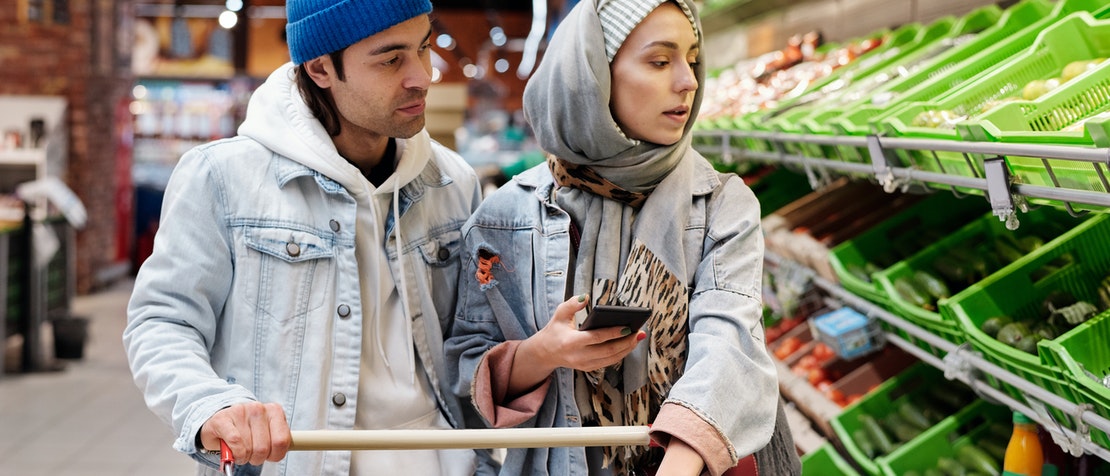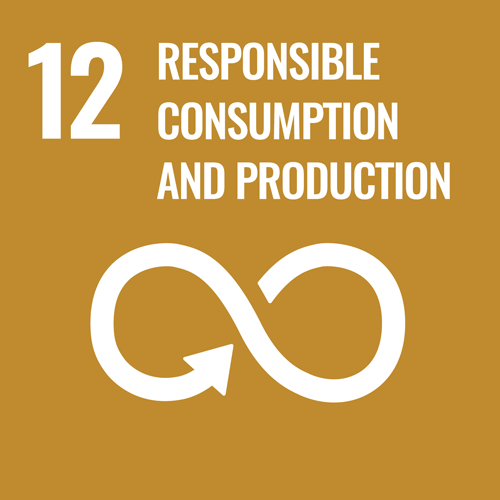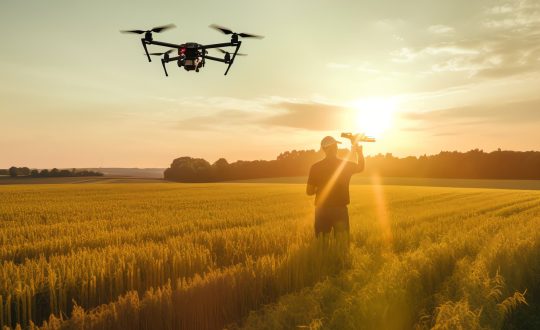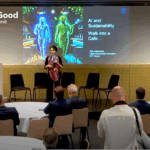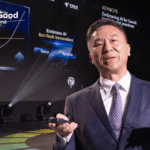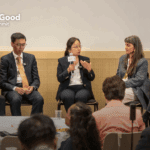Reeling from the impact of COVID-19, the number of people suffering from acute hunger is expected to almost double to a quarter of a billion by the end of 2020, according to World Food Programme figures.
With only ten years remaining to achieve the UN Sustainable Development Goals, the second of which is Zero Hunger, the need to build resilience for food security and global nutrition is more urgent than ever.
This revolution has to be driven by agricultural biodiversity and led by empowered local food producers and consumers, said Emmanuel Faber, the chairman of food giant Danone in his Breakthrough Days keynote at the AI for Good Global Summit 2020.
He believes that artificial intelligence can be a tool to help make this happen.
New nutritious food to grow and eat
Depending on a few fixed number of plant species for food because of market access and affordability has created a lack of biodiversity in agriculture, Faber said.
Through monocropping, the same crop is grown on the same land year after year. This along with over-irrigation and unchecked use of chemicals has depleted soil health. Such a food system is not equipped to handle crises or adapt to the challenges of climate change.
It has also decreased the nutritional value of food grown over time, Faber said, noting how “oranges have less vitamin C content today than they did 50 years ago. This is because we have chosen species that grow faster as they are more efficient, less costly and reach the market faster.”
This realization led to the launch of One Planet Business for Biodiversity (OP2B), a cross-sectoral business coalition, at the United Nations Climate Action Summit in September 2019. Their goal is to reintroduce biodiversity in agriculture through regenerative practices that improve soil health and biodiversity.
Agriculture and associated land use are responsible for 25 per cent of global greenhouse gas emissions, but use of regenerative methods can help sink and sequester carbon in soil.
According to Faber, artificial intelligence will allow the world to build new complementary agricultural and nutrition models. “What AI can do for us simply by brute force of its ability to treat so much data in a small time is help us support agricultural biodiversity for nutritious food,” he said.
Brightseed, a Danone partner in North America, is using artificial intelligence to index edible plants around the world to discover previously unknown nutritional benefits. The data is also being mapped to the dietary and health requirements of human beings.
“The real power is in connecting both. Brightseed is able to find new applications and nutritional benefits to plants that exist and they are also able to map people’s nutritional needs to create potential food for the future,” Faber said, adding: “It is about making sure that the right food is at the right place.”
Investing in local food
To achieve food security at the global level, Faber advocates focusing on local family farming.
Last year, the Food and Agriculture Organization estimated that more than 608 million family farms produced about 80 percent of food in value terms. To resolve challenges related to the environment and unpredictable supply chains, there is a need to “re-localize” the food system, Faber said.
“The fact that it is local will mean that it is backed by an agricultural model that will precisely fit what the environment is able to deliver locally,” he explained. Regional diversity in local food and cooking will strengthen food resilience.
Faber called for rural infrastructure that will provide access to data needed for artificial intelligence. Supportive public policy decisions on sustainable agriculture cannot be created without data.
Professor and computer scientist Stuart Russell also raised the benefits of investing in large-scale data infrastructure during his Breakthrough Days keynote. “We still have famines that arrive as a huge surprise to the rest of the world, but they are not a surprise to the people who are living in that area,” he said.
Russell called for monitoring and integrating physical, biological and socio-political climate data models using AI. “We only have data on famines that have happened in the modern era. To build detection systems, we have to use models of how food is produced, how prices change depending on circumstances, where people are and their freedom to move and so on,” he said.
The right to know your food
Artificial intelligence should also support and educate the consumer’s choice when it comes to the food they eat, according to Faber.
Data from companies like HowGood help understand the nutritional, environmental and social impact of food products. Food is a human right, and people should not be disconnected from the food they purchase and eat, he said.
“Data will improve our ability to be more knowledgeable, transparent and overall efficient about the way we speak about and design food,” according to Faber.
Three projects at the centre of the future of food track workshops taking place during Breakthrough Days hope to address these challenges around food security and sustainability.
One project proposed on-site fresh food production in megacities, using AI to create ‘dynamic digital recipes’ that will grow high quality food and understand interventions required to optimize yield nutrients. Another team hopes to use earth observations through satellite imagery to build sustainable food systems. A third project wants to connect smallholder farmers in low-income countries with big data to help them make decisions to improve yields, access financial services, and connect with other actors in their value chains.
Image credit: Jack Sparrow via Pexels.


